Quarantine, it transpires, is fertile ground for conspiracy theories. With flights grounded and social media in overdrive, reliable information is perhaps more scarce than ever before.
Many popular fake news stories appearing on social media feeds in the developed world focus on comparisons with other countries. “Why are we trapped inside”, one viral post begins, “when in Tokyo there is no lockdown and they have fewer cases?”.
The answer, unfortunately, is complicated. Part of it is down to how the definition of ‘lockdown’ changes depending on which country you’re in; what might be seen as a heavy-handed approach in one country may be just a normal day in another. Additionally, confusing messages from governments means that policy can change day-by-day, so what might have been true at the time a post was written may not be true once it’s spread across the internet.
In an effort to shine a light on the situation, we’ve collated a list of how major countries across the world responded to the virus, including any policy changes they embarked upon during the crisis. The list is in alphabetical order.
Canada

Photo Credit: Lianhao Qu
All of Canada’s provinces and territories had declared a ‘state of emergency’ by mid-April, but there are vast regional differences in how each is coping with the pandemic. The country’s Quebec region has documented nearly 37,000 cases at the time of writing, however the sparsely populated Nunavut has not recorded a single incident of Covid-19.
Overall, Canada has recorded just under 5,000 Covid-19 deaths from a total of around 70,000 cases at the time of writing. The country’s response has stood in sharp contrast to the sluggish United States, with only a few days passing between the first recorded case and the implementation of a lockdown. Describing the province’s seemingly effective response, British Colombia’s top doctor Bonnie Henry told The Guardian that “some parts of it are luck, and some parts of it are being prepared”.
There are concerns, however, over how Canada’s indigenous communities will cope once the virus hits them. Many indigenous citizens already suffer from underlying health issues arising from malnourishment and are statistically far more likely to live in overcrowded conditions. In a bid to lessen the impact of an outbreak, the federal government has announced an aid package worth C$130m, in addition to a previous C$305m fund aimed at helping rural communities prepare for the virus. Its impact is yet to be made clear.
While you’re here,
Why not take a moment to subscribe to The International’s free monthly newsletter? It takes seconds to sign up, and you’ll stay up to date with the stories shaping our world at a pace that won’t overwhelm.
China

Photo Credit: Zhang Kaiyv
As is always the case with the world’s second-largest economy, China’s response to Covid-19 has been vast, controversial, and undoubtedly effective.
At the start of the year the country drew much international criticism for its delay in alerting the world to the outbreak, going so far as to silence doctors who did raise the alarm. In more recent months, however, the country has led the way for the rest of the world’s response.
The success of China’s lockdown measures is clear to see through statistical evidence. When the disease first began to spread, modelling suggested that as many as 500 million people, or 40% of China’s population, could become infected. That modelling drove the government in Beijing to introduce a strict lockdown, closing off the city of Wuhan entirely and leaving an estimated 756 million people confined to their homes.
Today, the country has confirmed 82,901 cases of the virus with under 5,000 recorded deaths. Whilst the official records have been questioned by some, there is no denying that China’s lockdown has been a success. With that in mind, it’s clear to understand why lockdown policies have driven the rest of the world’s thinking in response to the pandemic.
Germany
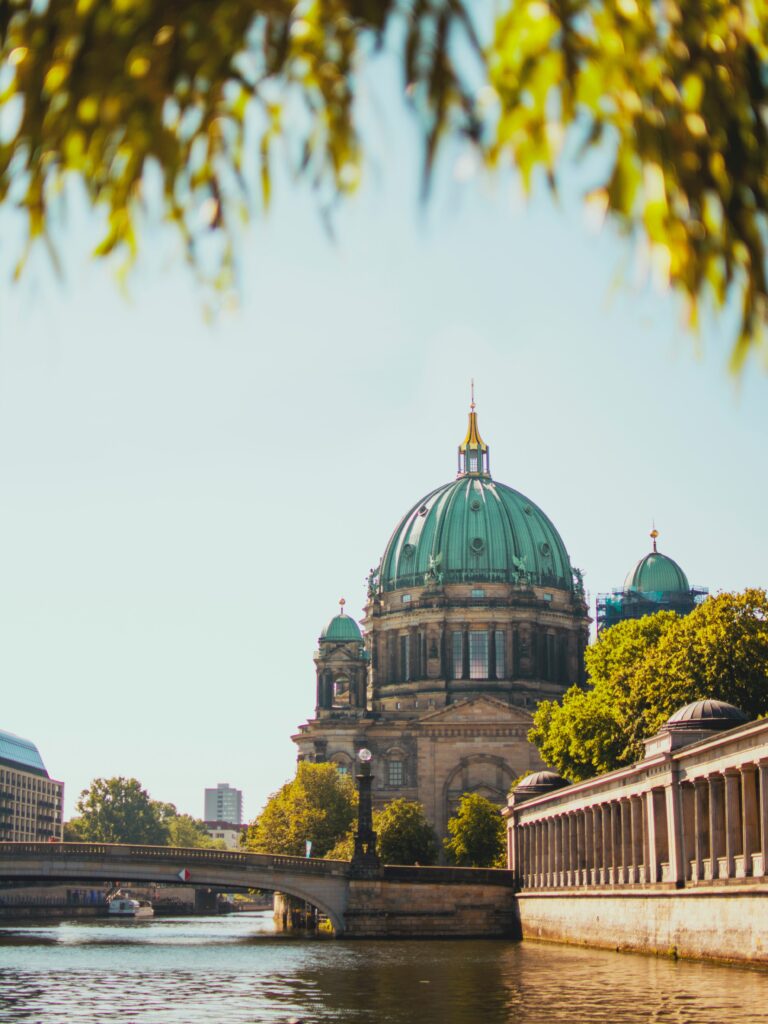
Photo Credit: Julia Solonina
In the early stages of the pandemic, Germany found itself cast as a standard-bearer for how to respond correctly to Covid-19. There’s a good reason for that narrative; despite recording over 170,000 cases, just over 7,500 have died because of the virus.
On the ground in Germany, however, the mood is reportedly more tense than those statistics would suggest. The country faces two key problems – firstly that it has an older population than many comparable countries in Europe, and secondly that its early success has increased pressure on the government to lift the lockdown measures that are harming its fragile economy. At the time of writing, a slight lifting of the lockdown measures in Germany had seen the rate of infection, or the number of people each infected person passes the disease on to, increase to 1.1.
Karl Lauterbach, a German MP and professor of epidemiology, warned in a tweet that “the loosening measures were far too poorly prepared” after he recorded a large number of people gathering in his city of Cologne.
Germany Chancellor Angela Merkel has included an ‘emergency brake’ amongst the package of measures introduced to ease the lockdown, to be used if the rate of infection increases significantly. It remains to be seen whether a second wave will see Germany return to lockdown.
Italy
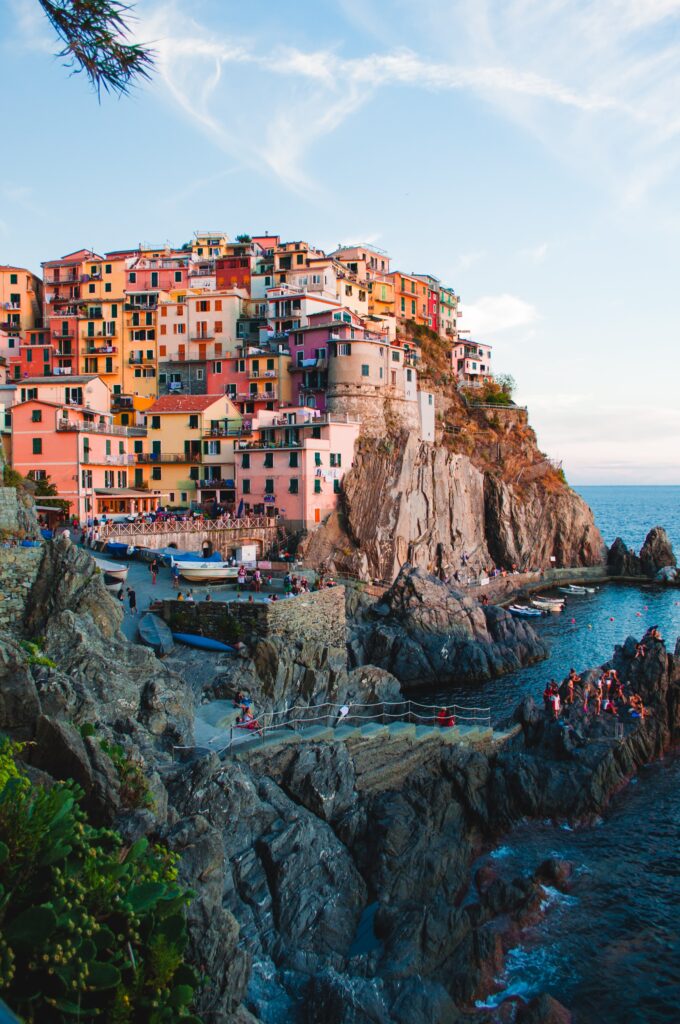
Photo Credit: Jack Ward
Statistically Europe’s second-worst hit country after the UK, Italy was an early warning of the virus’ disastrous impact. At its worst stage, the death rate in Italy was almost double that in China, at 7.2% to 3.8% respectively.
Causing further alarm was the struggles of a medical system previously believed to be among the world’s best. Lombardy, one of Italy’s, and indeed Europe’s, wealthiest territories found itself hit so badly by the virus that the military was called in to assist in the removal of dead bodies.
The devastation has left Italians understandably angry at the authorities for their failure to contain the virus. EU commissioner Ursula von der Leyen offered a ‘heartfelt apology’ on behalf of the European Union in April, conceding that “too many were not there on time when Italy needed a helping hand at the very beginning”. Her apology has done little to stem anti-EU feeling in the country, where 88% of respondents to one national poll agreed that the bloc had failed in its duty to support Italy.
At the time of writing, Italy appears to be moving in the right direction, with fewer than 1,000 patients in intensive care as of the 12th of May. Bars and restaurants across the country are set to re-open their doors from the 18th of May. Italian scientists are also leading the way when it comes to developing a vaccine; Takis Biotec, a biotechnology company based in Rome, claims it will begin trials for its jab in the Autumn.
Japan

Photo Credit: Erik Eastman
For Japan, Covid-19 could hardly have struck at a worse time. With the country piling billions of dollars into preparations for the now-postponed 2020 Olympics, Prime Minister Shinzo Abe now faces a turbo-charged version of the same problem facing other countries: how to balance calamitous economic damage against the cost of human lives.
Yet, the Japanese government’s disadvantage doesn’t stop there. Because of the country’s founding constitution, it is illegal to instate the kind of ‘lockdown’ that we’ve seen in many other parts of the world. All that Abe can do is hope that citizens heed the ‘advice’ his government has issued to stay inside and remain socially distant.
One factor in the country’s favour is that citizens have a comparatively high level of trust in their government, and are resultantly more inclined to follow its advice. But even that trust is not unwavering; according to a poll carried out on behalf of Kyodo news, over half the Japanese public are dissatisfied with the government’s handling of the crisis, with the main point of contention being that an official ‘state of emergency’ was only introduced on April 16th.
Despite this, however, the country has recorded just 15,777 cases and 624 deaths, significantly fewer than many European countries.
New Zealand

Photo Credit: Dan Freeman
Of all the countries documented on this list, New Zealand is inarguably the greatest success story. From a statistical perspective, it is the first country outside of China to report zero new cases in a single day having previously been affected. Whereas many countries set out initially to ‘flatten the curve’ of Covid infections, New Zealand set itself the ambitious target of ‘eliminating’ the virus completely within its borders. And it appears to have worked.
In many Western countries, ‘lockdown’ measures such as school closures social distancing were delayed in an effort to slow the rate of infections to a manageable level. In New Zealand, these policies were implemented far earlier so that the chain of Covid transmission was interrupted, leaving the virus unable to spread. The early lockdown also bought New Zealand time to implement a rigorous quarantine at the country’s borders (the UK, by contrast, was not testing any new arrivals weeks after its own lockdown had begun), as well as an expanded testing regime.
However, New Zealand’s policies are not likely to have worked so well in other countries. The ‘elimination’ strategy is only feasible for countries who have the resources to invest in a large testing scheme, as well as the ability to monitor their borders tightly. New Zealand’s small and sparse population will also have helped, as well as the clear political leadership of its Prime Minister Jacinda Ardern, who has drawn much international acclaim for the country’s unique and effective response to the virus.
South Korea
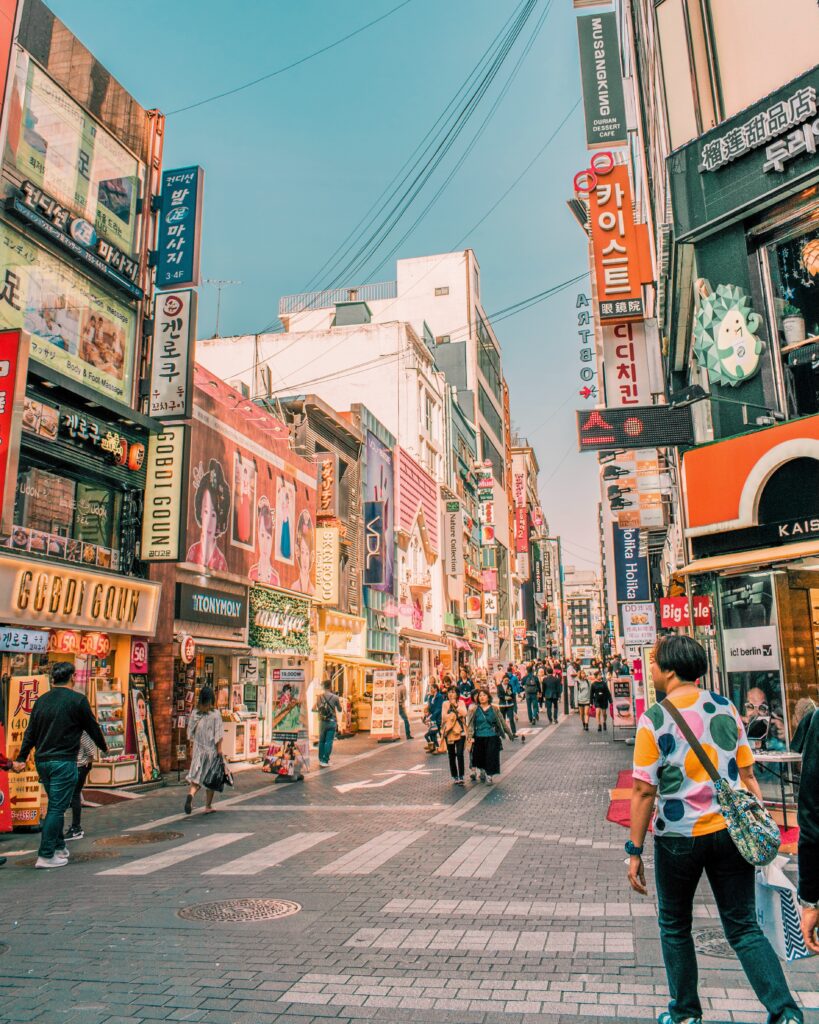
Photo Credit: Cait Ellis
Another success story, South Korea’s handling of the pandemic is even more remarkable given that the country held a general election at around the peak of its infections.
With around 11,000 confirmed cases, South Korea has reported just 256 deaths overall. That has been attributed in large part thanks to its astonishingly well-developed tracking and testing system. A tracking app using GPS was paired with a sophisticated CCTV system to monitor and notify anyone in recent contact with an outbreak. Combined with tests so easily accessible they could be done via pop-up street stalls, a clear picture emerges of how the country handled the outbreak so well.
Like Japan, South Korea also has the advantage of a population who are more generally inclined to follow government advice. For the country’s election held in April, high-risk citizens were permitted to leave their homes to vote during a two-hour window, on a day which saw a highly organised voting system result in a landslide win for the country’s governing coalition.
Despite the success, however, the country’s battle with the virus is not yet over. A spate of new infections traced to a nightclub in Seoul has rung alarm bells and forced the country to rethink its lockdown in cities. It also serves as a warning sign to other countries who may be considering bringing their own lockdowns to a premature end.
Sweden
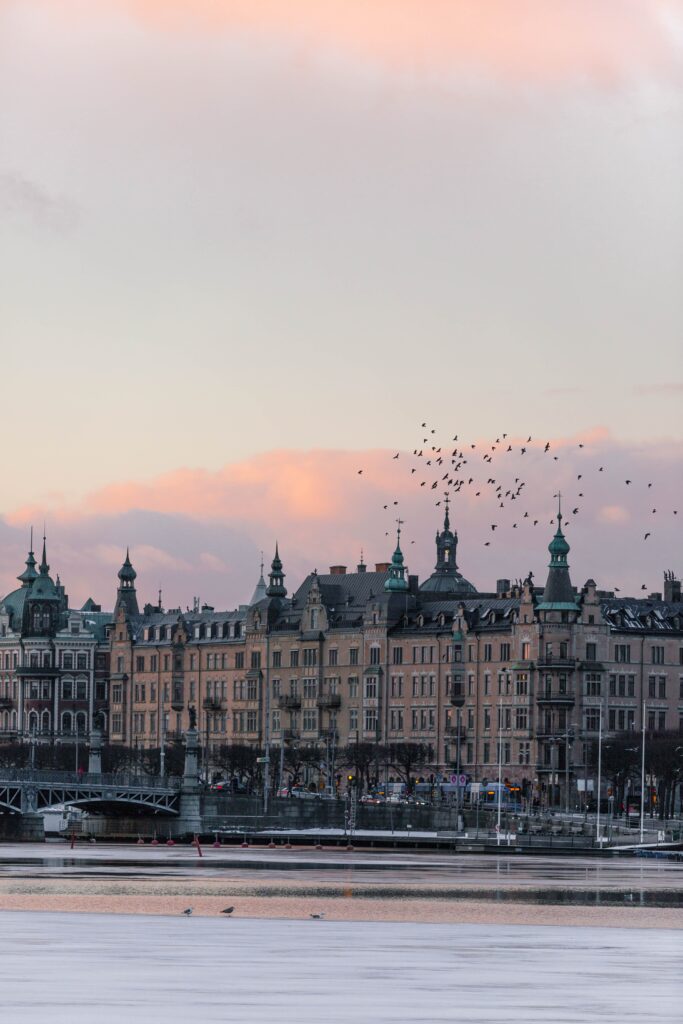
Photo Credit: Marten Bjork
Of every country noted on this list, Sweden is the clear outlier. The nordic country has no lockdown, social distancing is merely ‘recommended’, and schools and nightclubs alike have kept their doors open since the virus officially arrived at the end of January.
Only history can judge whether the country got its approach right. The statistics available today make for an unclear picture – Sweden does have the highest death rate in Scandinavia, and is amongst the 20 worst-hit countries in the world when it comes to the sheer number of recorded cases (which is alarming for a country with a population of 10m). However, around 50% of Sweden’s recorded deaths have come from elderly care homes, which other comparable countries do not yet count in their figures.
While the merits of Sweden’s open approach are likely to be debated for months into the future, the advanced spread of the virus has limited the country’s options going forward. Prof Johan Giesecke, ex-chief scientist of the European Centre for Disease Prevention and Control, told the BBC that he expected at least half of all Stockholm residents would have caught the virus by the end of April. Resultantly, a lockdown imposed now would do little to slow down infection rates.
The country can now only hope that a kind of ‘herd immunity’ has been achieved.
The United Kingdom

Photo Credit: Sabrina Mazzeo
Perhaps more than any other country bar the US, the UK government’s response to Covid-19 has been the target of international condemnation. There are currently more recorded deaths in the UK than in any other European country, despite the fact that the UK was one of the last countries to be hit by the virus. Additionally, the UK’s lockdown rules were slow to be implemented and had to be enforced through threats of fines and imprisonment, after too many citizens ignored the government’s initial advice.
Sloppy and inconsistent communications from London have compounded the issue. Prime Minister Boris Johnson today claims that ‘herd immunity’, an idea by which most of the population would become infected in order to build up a mass resistance to Covid-19, was never part of his policy. That flies directly in the face of comments made by Graham Medley, the government’s chief modeler of the pandemic, to the BBC in March. Medley claimed that part of the government’s strategy would be to ensure “a nice big epidemic” amongst healthier Britons.
Day by day, the British Government’s inadequate response to the virus exposes new problems. By the start of April, with the virus approaching its peak, just 2,000 of the country’s half a million frontline healthcare workers had been tested for Covid-19. This is to say nothing of Boris Johnson’s boasts in March that he had ‘shaken hands with everyone’ at one of the worst-affected hospitals. Just over two weeks later Johnson himself was in intensive care having contracted the virus, and is said to be lucky to have survived.
The United States
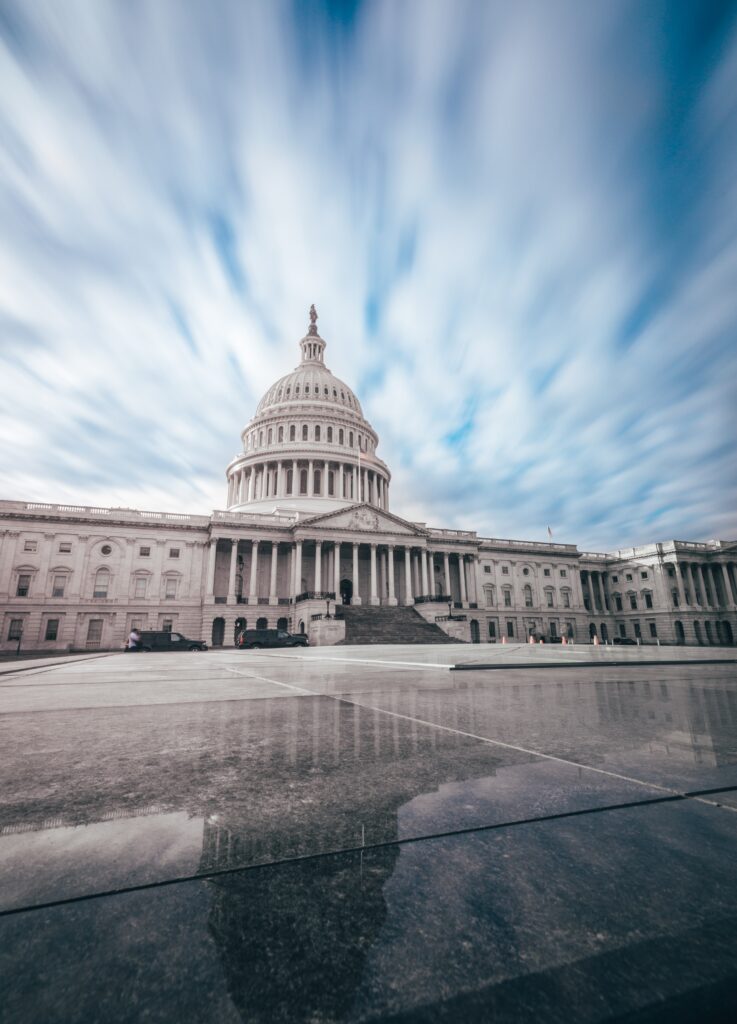
Photo Credit: Andy Feliciotti
As has become customary over the past four years, it’s difficult to understand America’s actions without getting to grips with the mindset of one man – President Donald Trump. Whilst Covid-19 was confined to China in its early stages, Donald Trump courted controversy by appearing to suggest that the virus was a ‘hoax’ created by the rival Democrat party. He has since gone on to accuse his opponents of ‘politicising’ the pandemic.
At the time of writing, the US has recorded over 1.3 million cases of the virus, with over 80,000 recorded deaths. Both numbers are by far the highest in the world. Partly to blame for the death toll is a botched attempt to provide furloughed workers with a cheque for US$2,000 per month, which was reportedly delayed for almost a week because Donald Trump wanted to ensure his name was on every cheque. The delay meant that millions of people were likely travelling to their workplace every day whilst infected with the virus.
The country has also witnessed a number of anti-lockdown protests, which have involved large numbers of people gathering to demand the re-opening of the economy, with many arguing that the virus is indeed a hoax. Donald Trump appeared to signal his support for the protestors in a now-trademark string of tweets.
Former President Barack Obama is said to have described the US government’s response as ‘an absolute chaotic disaster’ in a private conference call. Unbowed by the criticism, President Trump described his government’s response to the virus as ‘maybe our best work’, but did add that he hoped Americans would consider other issues when casting their votes in November’s election.
Adam Bennett is the editor-in-chief of The International.
